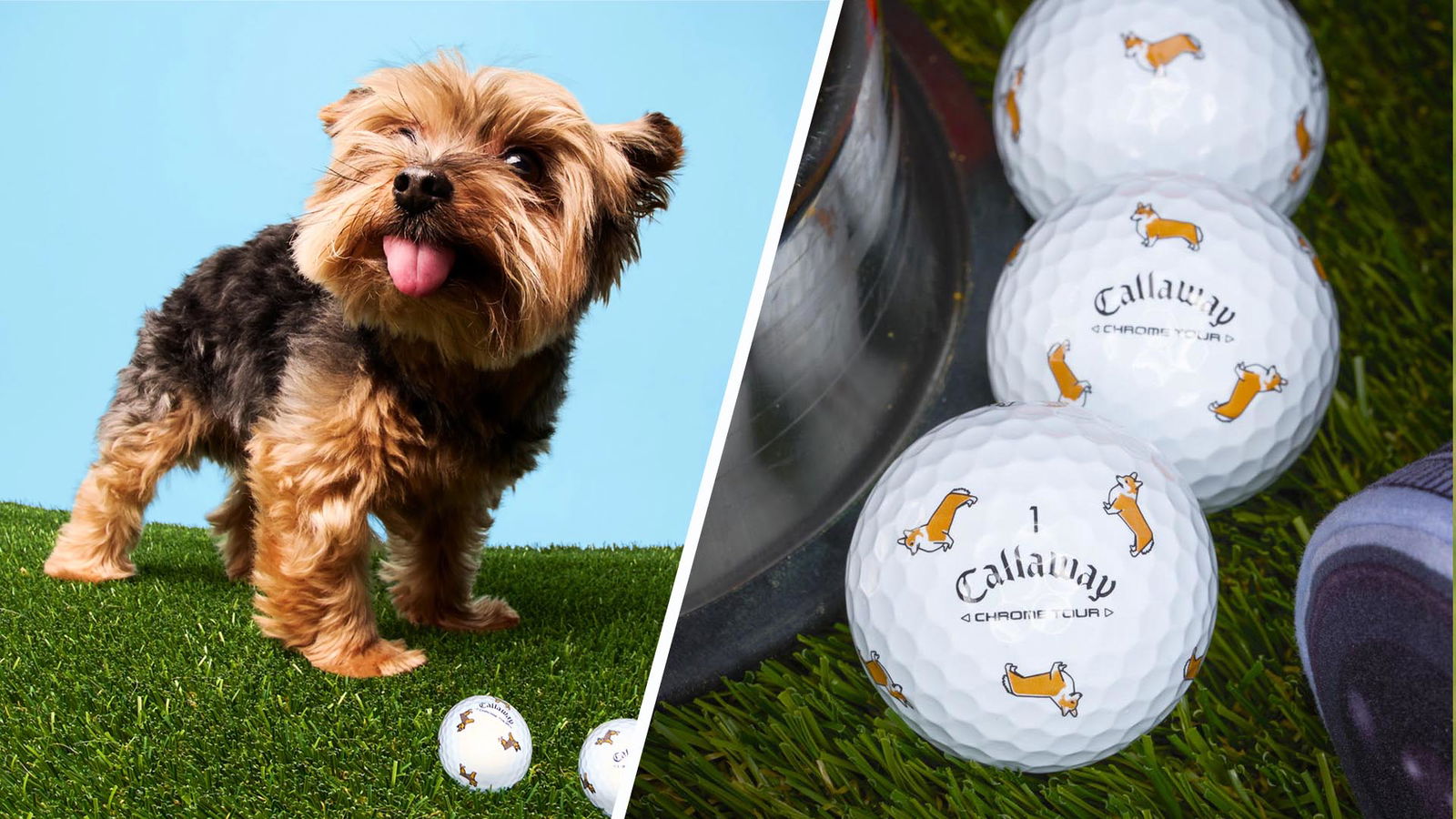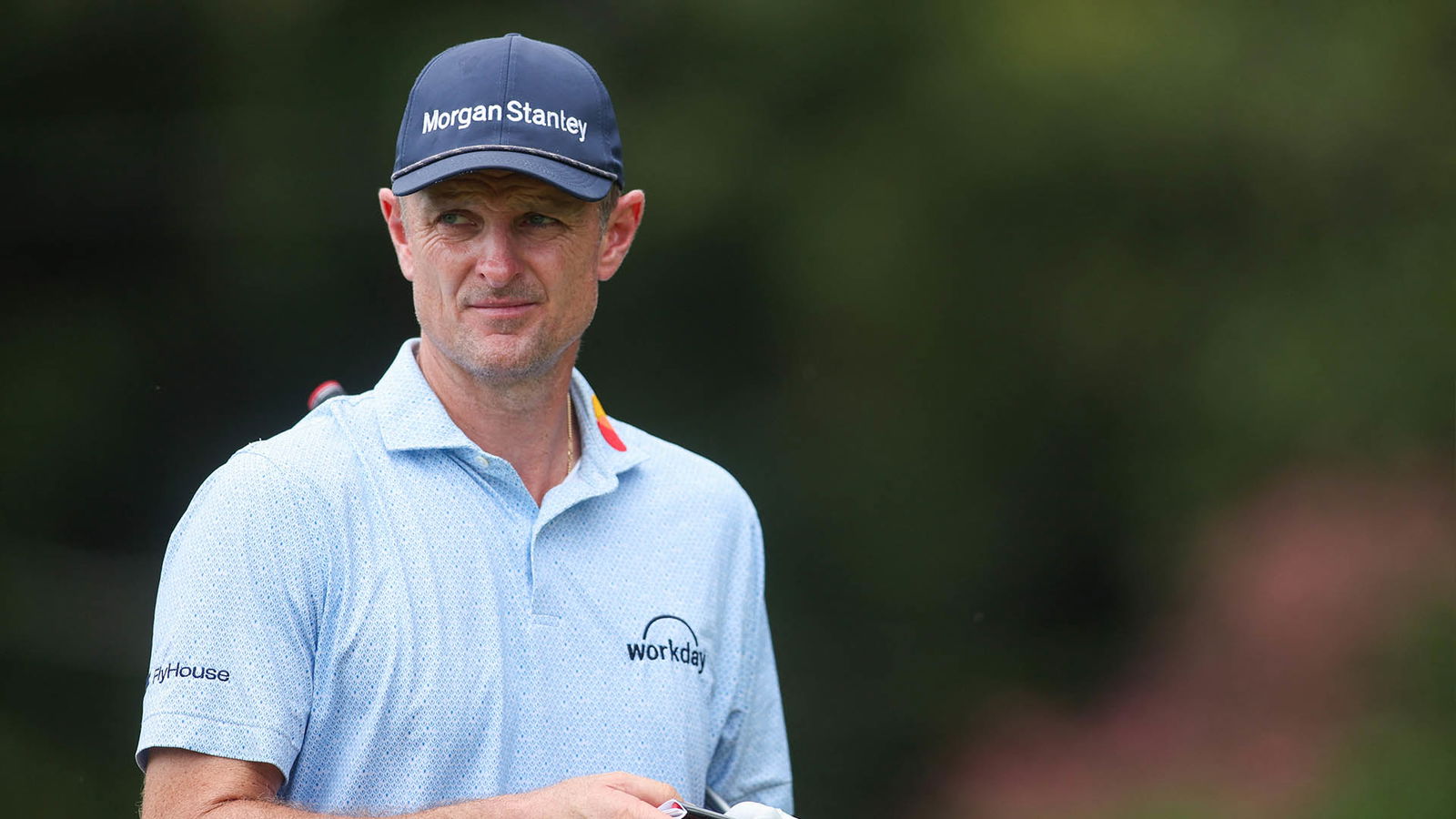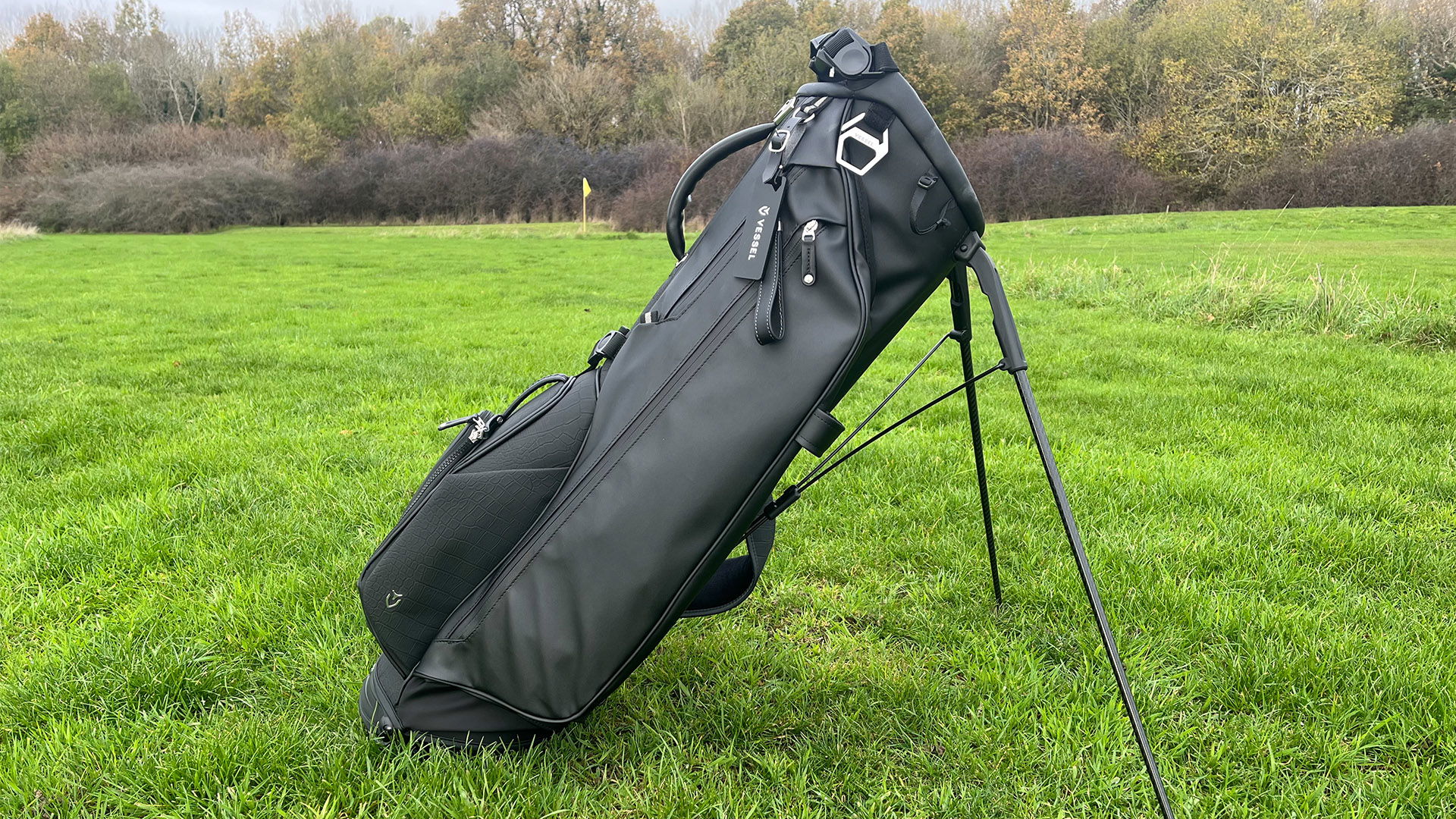6 things I learned getting a pro fitting as a mid-handicap golfer
GolfMagic's Reviews Editor spent an afternoon at Titleist's National Fitting Centre to dial in his next set of irons. He left with more insights about his game than ever.

A mid-handicapper in his early thirties is not the typical client you'd expect to arrive at Titleist's National Fitting Centre. Located at Cambridgeshire's St Ives (Hunts) Golf Club, it's a fairly small operation, occupying around half of the club's driving range. It is, however swathed in an air of professionalism—never intimidating, but a place where serious golfers go to really go into detail about their game.
Hitting alongside me on the day are local enthusiasts and high-level amateurs alike, all of whom have been drawn to Titleist's unique allure and unrivalled prestige over the years. Clubs have been tested, fitted and ordered here for countless local pros and tournament winners. And while every brand is open about the fact that a fitting can benefit any level of golfer, I wasn't entirely sure if I would arrive with the consistency or clarity about my own game needed to get the most out of the experience.
I couldn't have been more wrong, and after a couple of hours spent with fitting expert Andrew Plint, left not just with a set of clubs I didn't expect to, but plenty of lessons about my own game, the overall fitting process and the kind of insights it'll unlock for the everyday golfer.
And with this being my job, I figured this is a great opportunity to share them
Start with the ball and work from there
The idea of golf ball fitting is still a fairly novel concept at an amateur level. However more and more brands, Titleist being foremost among them, are beginning to stress just how important matching the ball to the player can be.
After all, it's the only piece of equipment you use 100% of the time, and in the hands of an amateur, can make an even bigger difference to overall performance than a switch in shaft or club head. A ball fitting also takes little more than a quarter of an hour, with the technology to do so starting to be made available at more retailers and fitting centres.
You can head here to learn a little more about Titleist's ball fitting process, and the difference it made to me on the day. The result I got, as well as the result you might get if you go to one yourself, could shock you.
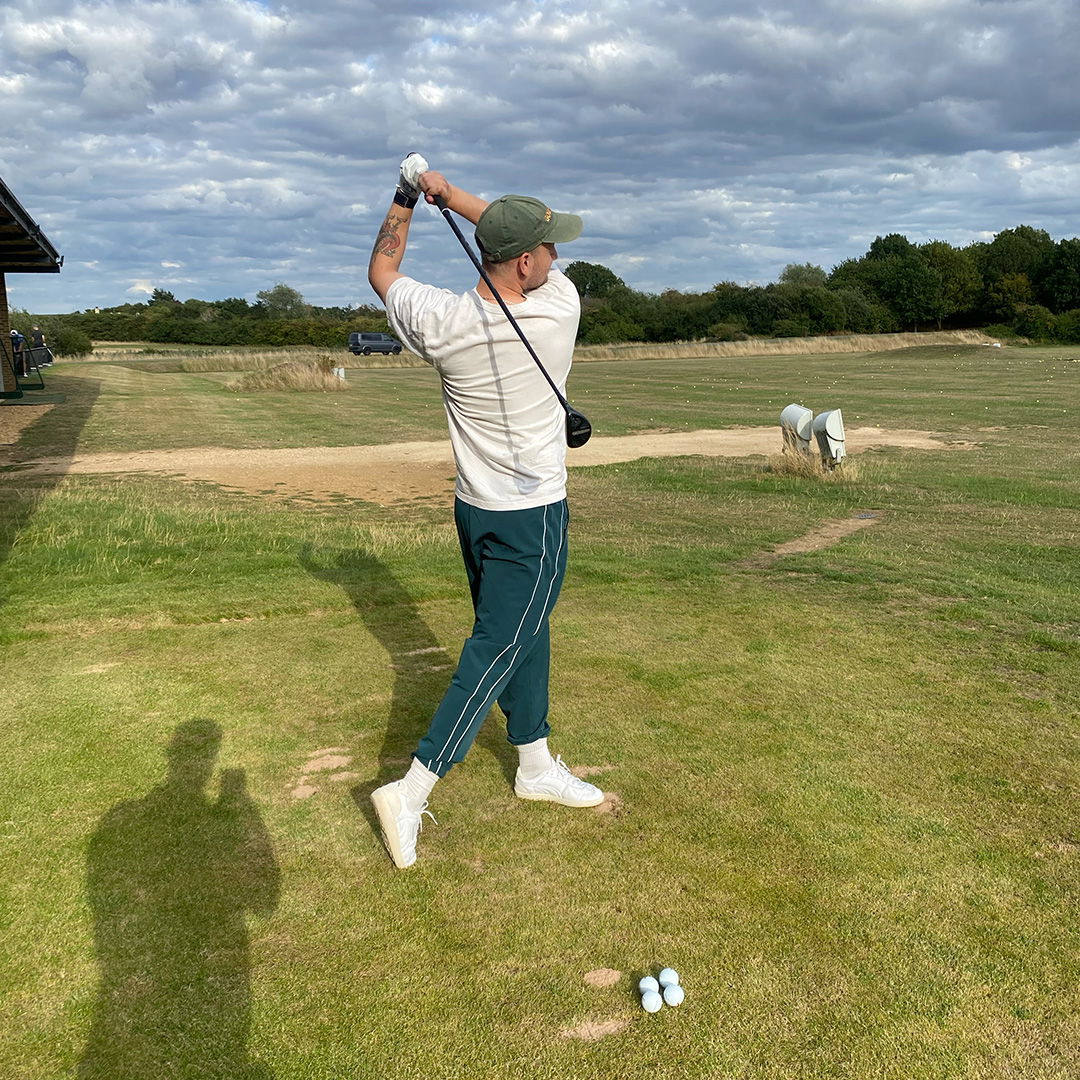
Clubhead or shaft? It depends on the context
There's a growing number of would-be experts in the golf world who have come to preach that the differences in performance between clubheads are so marginal these days that it makes more sense to start with the shaft and work backwards from there. This rings true in certain cases, particularly when fitting clubs like a driver where the shaft plays a much more pivotal role in controlling clubhead consistency.
However there's a reason most tour fitters on the teams from the big brands tend to start from the clubhead and go from there. The head, more than anything else, controls the spin, the distance, and the consistency you're going to get at different stages throughout a round—all vital characteristics to consider whether you're trying to dial in irons, hybrids or wedges.
Once you've found the head that gives you the launch and height you're after, you can use the shaft to achieve more consistency.
Leave your ego (and your assumptions) at the door
One of the most common things fitters experience is players to entering a fitting with particular make and model they want in mind—whether it's because of the way they look or the kind of club they want to be perceived as being good enough to play with. Plenty will ask to be fit into one club in particular—which effectively just means forcing the issue with a choice of shaft that allows them to hit it most consistently. And while the fitter has to to be lead by the customer when it comes to the crunch, this is the wrong way to approach things.
Conversely, as I experienced, it's also fairly common to come into an experience like a fitting with the presumption that you're won't be good enough to make the most of it. As a mid-handicapper, I largely expected to leave a Titleist iron fitting with a set of T350s and a sympathetic smile from my fitting expert. I couldn't have been more wrong, for reasons we'll soon come on to.
Finally, and this is a very important one—remember that your fitter has seen it all, whether it's creating clubs for tour pros or cashed-up hackers trying to get into the game. As such, it's okay to make mistakes. Bad shots in a fitting, unlike out on the course, can be erased and forgotten about. It's also okay to be a little nervous or get overexcited, particularly if you think you're on the cusp of finding your ideal set. Don't try and play your way into a club, however. Let the right fit come to you. Just as in Harry Potter, the wand, ultimately, chooses the wizard.
Your swing arc matters
Despite being a fairly average golfer overall, I consider myself (and have been told coaches that I am) a fairly decent ball striker. Even so, I didn't expect to be anywhere close to the golfer that Titleist had in mind when divising the new T150 iron.
As it turns out, I am, and for a couple of reasons. The first, and most important, is that modern players irons are far more forgiving than you'd think—particularly when optimised with the correct shaft and lie angle. Aside from the odd miscue where I was suitably punished for a bad swing, I didn't notice a huge difference in forgiveness when moving down from the T150 to the players' distance T250 (although I did end up being fitted into a combo set of the two).
Secondly, in some cases, more bladed irons actually suit lower-level golfers better—particularly if, as in my case, you have okay ball-striking but a shallow swing. The thinner sole and weaker lofts on such irons tend to help people with shallower swings get underneath the ball much more cleanly, while thicker-soled game improvement irons can often over compensate and get in the way.
As such, if you tend to hit your current irons too low, there's a chance moving to a more aggressive shape might just be the answer.
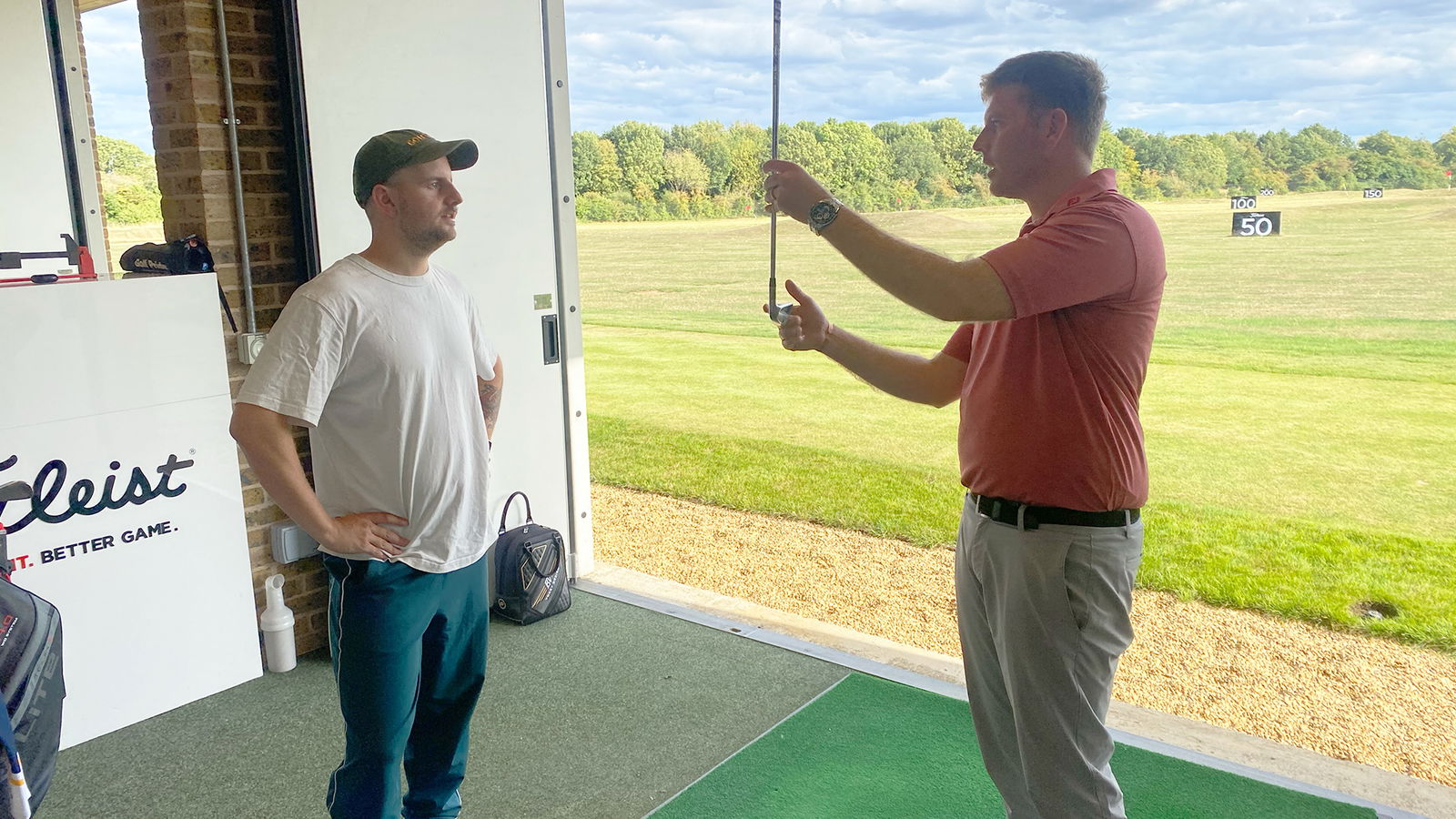
Distance means nothing if the other numbers aren't right
Whether it's a YouTube reviewer extolling the virtues of a new driver or a brand trying to sell its latest game-improvement irons, the defining characteristics they tend to lean on are ball speed and overall distance—two things that are fairly easy to achieve so long as you're able to swing hard and make consistent contact with the ball.
Out on the course, however, this will only get you so far. In fact, many game-improvement irons in particular are now designed intentionally to prioritise distance over favourable launch characteristics. And sure, this might mean get an extra 20 yards out of your 7-iron, but there's a solid chance it'll arrive at the green too shallow, and too hot, to retain any sense of control.
After switching from my Cobra DS-Adapts to a combination of Titleist T150 and T250s, my distances dropped across the entire set. What I gained, however, was launch, descent angle, spin, consistency and stopping power. That can only mean hitting more greens and, in turn, lower scores.
Golf store fittings will only get you so far
The process of getting fit for a set of irons at a pro fitting centre takes around two hours, including the 15 minutes or so we spent tinkering with the ball fitting process. That was just for the irons, and I didn't feel like there was a single second wasted.
This, naturally leaves much room for thought about just how much value for money the average golfer is getting walking into their nearest megastore for a half-hour fitting session. It is, of course, fairly easy to find something that consistently hits straight on the trackman at a golf shop. But I'm hard pressed to believe that anyone can truly find the ideal combination of shaft and club head with just 15 minutes devoted to each.
Learn more about Titleist club fitttings here
